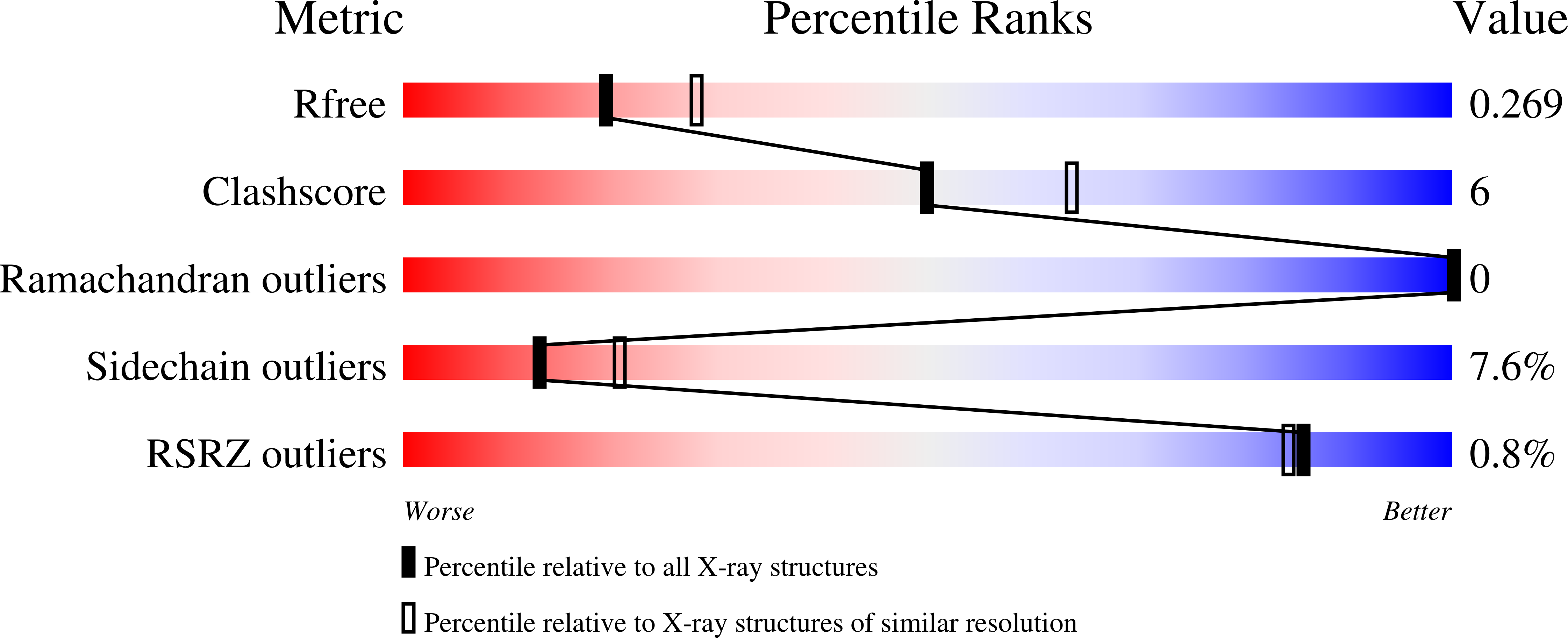
Deposition Date
2008-12-30
Release Date
2009-07-14
Last Version Date
2024-12-25
Entry Detail
PDB ID:
3FOO
Keywords:
Title:
A Triangular Cytochrome b562 Superstructure Mediated by Ni Coordination - Monoclinic Form
Biological Source:
Source Organism:
Escherichia coli (Taxon ID: 562)
Host Organism:
Method Details:
Experimental Method:
Resolution:
2.40 Å
R-Value Free:
0.26
R-Value Work:
0.20
R-Value Observed:
0.21
Space Group:
P 1 21 1


